
Toledo is situated on, and protected by, a bend in the river Tajo, and stands on top of a steep-cragged hill which has been protecting it since the beginning of history, turning it into a strategical point in the center of the plateau.
Over the course of time, the city has been molded by various historical eras. The Romans, Visigoths, Arabs, and Christians have all left their mark on the city’s buildings, especially in the temples.
>Madrid Sensations offers a private day-trip to Toledo from Madrid.
Brief History of Toledo
Toletum, Ciudad Romana
The first settlers are believed to be the Carpetani, who in the fourth to third century BC founded a fort. That settlement was conquered by the Romans in 193 BC and was described by a Roman historian as Toletum, Parva urbs, sed loco munitia (a small but strategic city). The important Roman road between Mérida and Zaragoza passed through its walls, turning Toletum into an important crossroads. Remains from this period include the fort’s wall, the 40km aqueduct, a circus with a capacity of 13000 people, theatre, amphitheaters, temples, etc.
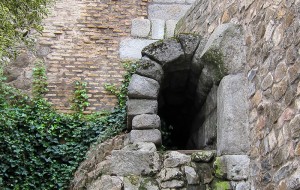
Capital of the Visigoth kindom
In the middle of the 5th century, the Barbarians established themselves in the peninsula, aiming to conquer it from Rome. The Visigoths were at the time seen as strong allies with Rome, but later they occupied large parts of the Hispanic territory, and Toledo was established as the capital of the Hispano-Gothic kingdom.

Talaytola, Islamic city
Toledo was an Islamic city for almost four centuries, from 711 to 1085. Most of the population were Mozarabs.

Toledo, City of three cultures
In 1085 Toledo was recaptured by Alfonso VI and was transformed into an important Christian city, leading to the construction of the Gothic Cathedral, which still stands today.
The religions coexisted in harmony, and Muslims continue to practice their religious rituals, as well as the Jews. Alfonso X (Alfonso the Wise) and his School of Translators, made up of Christian, Muslim and Jewish scholars, were the ones who most inspired this cultural coexistence and scientific growth, and translated texts from Arabic and the classical antiquity into Latin and Spanish.
The Mudejar (Moslems who practiced their rituals in the Christian city) enriched the city with their art. The Jewish community also kept their religious practices and educational centers, having a commercial area close to the cathedral, and for centuries they had good relations with the Christians, despite the old confrontation, and built up power and riches. However, during the 15th century the situation got worse.

The peace between the three cultures disappeared and the Spanish Inquisition took over. People’s “Purity of Blood” was judged, they were obliged to convert to Christianity and in 1492 the Catholic Monarchs expelled the Jews.

Toledo from the Imperial times to today
Carlos I, a grandson of the Catholic Monarchs, founded the House of Habsburg in Spain and an imperial era that led to riots in Toledo because of the king’s snubbing of Castile. After nine years of unrest, uprising and repression, Carlos I came to Toledo, turned the Alcazar into a palace and stayed in it from time to time.
In 1561 Felipe II decided to make Madrid the capital, weakening the city’s political and social status. This status would continue to decline with the succeeding Habsburgs.
Today Toledo is the capital of Castile-La Mancha, and was declared a UNESCO World Heritage Site in 1986.

What to visit in Toledo: Monuments, art and other sights
Alcazar
This impressive building is located in the highest part of the city, becoming an apt symbol of the strength of the city.
It has been a Roman praetorium, a Muslim citadel, fortress and palace. After countless fires and refurbishments, the Alcazar shows an interesting mosaic of styles, and every one of its façades is a journey through time. The eastern façade shows turrets and battlements from the previous castle, giving it a medieval aspect. The southern façade is Herrerian and the north, with its imperial shield, has Renaissance elements. The south side is of Plateresque design.
Nowadays it is home to the Army Museum.
Calle Alféreces Provisionales / 5€ (Sunday free) / Monday to Sunday from 11:00 to 17:00, closed on Wednesday

Cathedral
The first stone was laid in 1226 and it took more than two and a half centuries to complete. This large Gothic cathedral was one of the major temples of Christianity and a symbol of religious power at the time.
Inside it houses famous chapels, sepulchres, altarpieces, and magnificent paintings by Zurbarán, Rubens, El Greco, Goya, Lucas Jordán, and much more.
Calle Cardenal Cisneros / 8€ (Sunday free for national residents) / Monday to Saturday from 10:00 to 18:30, Sundays and bank holidays from 14:00 to 18:30
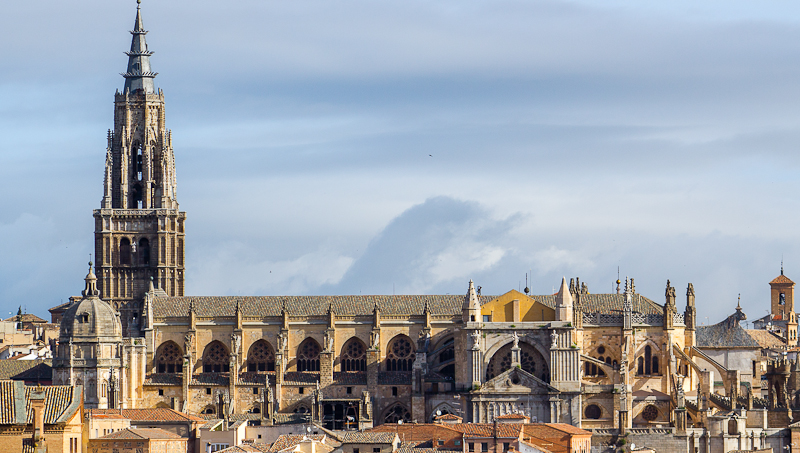
Hospital Santa Cruz Museum
Next to the “Arco de la Sangre” (Arch of Blood), this hospital was built by Cardinal Mendoza during the reign of the Catholic Monarchs to unify all of Toledo’s hospitals.
The main entrance, in Gothic style, has Plateresque displays. Inside the museum can be found the Covarrubias Patio, the monumental staircase and the coffered ceiling.
Calle Cervantes II / Free / Monday to Saturday from 10:00 to 19:00, Sundays from 10:00 to 14:30

Synagogue of El Transito – Sephardic Museum

Built in the middle of the 14th century by the treasurer of King Pedro I of Castile, the main part of the temple forms the prayer room.
On the upper floor is the Women’s Gallery and light enters into the room through foliated arches and lattices. The plasterwork crowned by the Mocarabe frieze and the Mudejar coffered ceiling is of exquisite beauty.
After the expulsion of Jews the synagogue was handed over by the Catholic Monarchs to the ordered of Calatraba y de Alcántara, who consecrated it as a Christian temple, hospital and asylum.
Today it houses the Sephardic Museum
Calle Samuel Levi / 3€ / Tuesday to Saturday from 9:30 to 18:00, Sundays and bank holidays 10:00 to 14:00, closed Monday
Santo Tome Church – The Burial of the Count Orgaz
The church’s tower is without doubt one of the finest examples of Mudejar art in Toledo. It has been rebuilt numerous times since it started life as a minaret of the mosque during the Muslim era. One of the most important reconstructions was carried out by the Señor of Orgáz and today its brickwork and masonry stand out above the Toledan rooftops.
Accessible from Calle del Conde, you can enter and admire the universally-known painting by El Greco, The Burial of the Count of Orgaz, a work from the end of the 16th century and one of the most popular local legends.
Plaza del Conde 4 / 2.5€ / Every day from 10:00 to 17:45
Synagogue of Santa Maria la Blanca
Horseshoe arches and their octagonal white-painted stone columns separate the five naves of this synagogue, its Almohad decoration with plasterwork without Hebrew inscription and its coffered ceiling adds a mosque-like appearance to this Jewish temple.
Its date of construction is not known for certain, but what is known is that it started being a Christian church in 1411, after a series of anti-Semitic movements.
Calle Reyes Católicos 4 / 2.5€ / Every day from 10:00 to 17:45
San Juan de los Reyes Monastery
The Catholic Monarchs ordered the construction of this building to commemorate their victory in the Battle of Toto, which assured Isabel the throne of Castile. The kings originally planned the building as their burial place, but Granada was chosen afterward, after its conquest in 1492. The building was completed in 1504, the year when Isabella of Castile died.
In the exterior part there are chains hung on the wall. These were hung on the walls in 1492 and came from the Christian prisoners who had been unshackled when they had been released from Granada. The decoration includes the badge of the Catholic Monarchs, the yoke of Fernando and Isabel’s bundle of arrows.
Calle de los Reyes Católicos 17 / 2.5€ / Every day from 10:00 to 17:45

Mosque of Cristo de la Luz
This small square building dates back to the tenth century. Four marble columns capped with Visigoth capitals hold up the nine cupolas, which are of various styles, and twelve horseshoe arches. In the twelfth century a Mudejar apse was added, and on the walls there are Romanesque frescos.
Belonging to the caliphal age, this mosque is the best representation of Romanesque art that Toledo has to offer.
Calle Carmelitas Descalzos 10 / 2.5€ / Monday to Friday 10:00 to 14:00 and from 15:30 to 17:45, Saturdays and Sundays from 10:00 to 17:45

San Román Church – Museo de los Concilios y la Cultura Visigoda
Free entrance / Tuesday to Saturday, 10: 00-14.00 and 16:00-18:30, Sundays 10:00-14.00, Monday closed.

Alcántara Gate and Bridge
This is where the Romans built the first bridge into Toledo, which was knocked down and later replaced by the Arabs in the ninth century, and later destroyed again, this time by a huge flood in the 13th century and then restored by Alfonso X the Wise. Since then changes have been made to it, with two medieval towers, Gothic decorations and a Baroque arch.
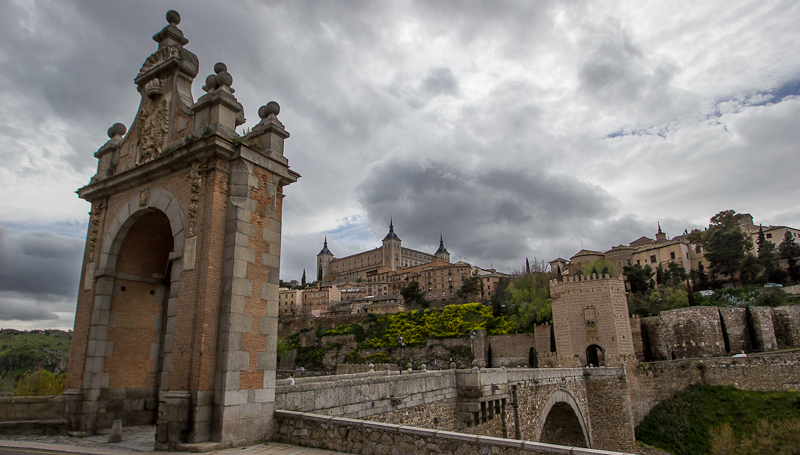
Sol Gate
The Puerta del Sol (Gate of the Sun) is a Mudejar gate from the 16th century. It marked the entrance to the area inhabited by the Moslems. Battlements, windows and a lancet arch make up the gate, along with a horseshoe arch.

Bisagra Gate
With Arabic origin it was reconstructed in the sixteenth century, it has a stone tower on either side. The coat of arms of the two-headed eagle was emblazoned on it by Carlos V.
Our day-trip to Toledo from Madrid
If yo want to visit Toledo from Madrid, with a private guide, have a look at our tour:

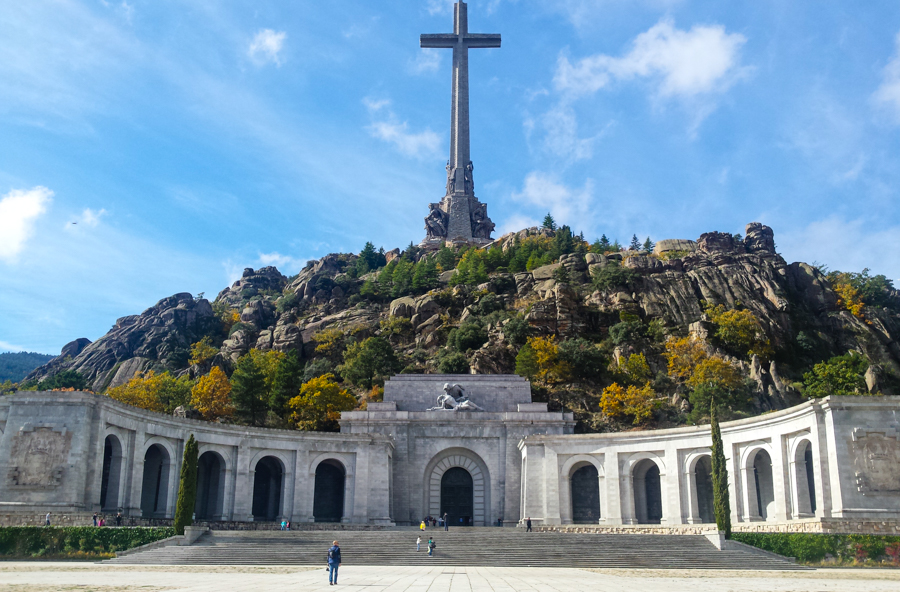
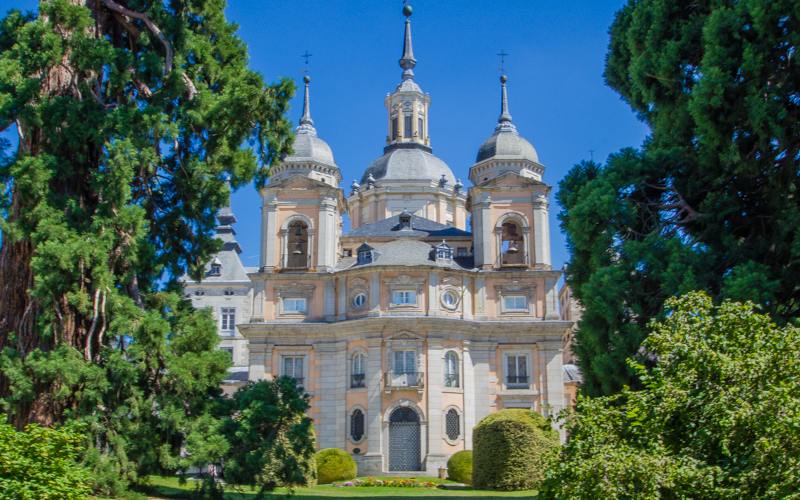
0 Comments